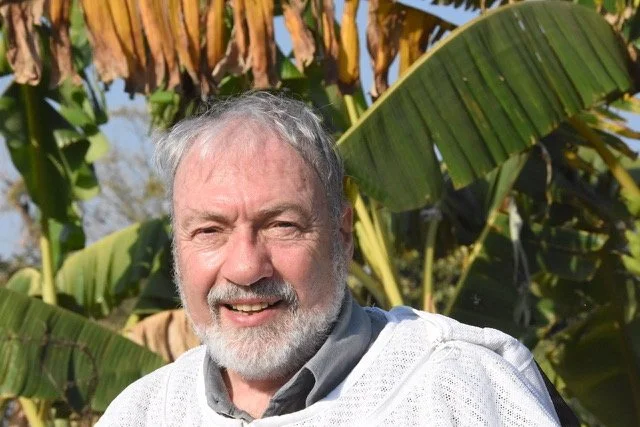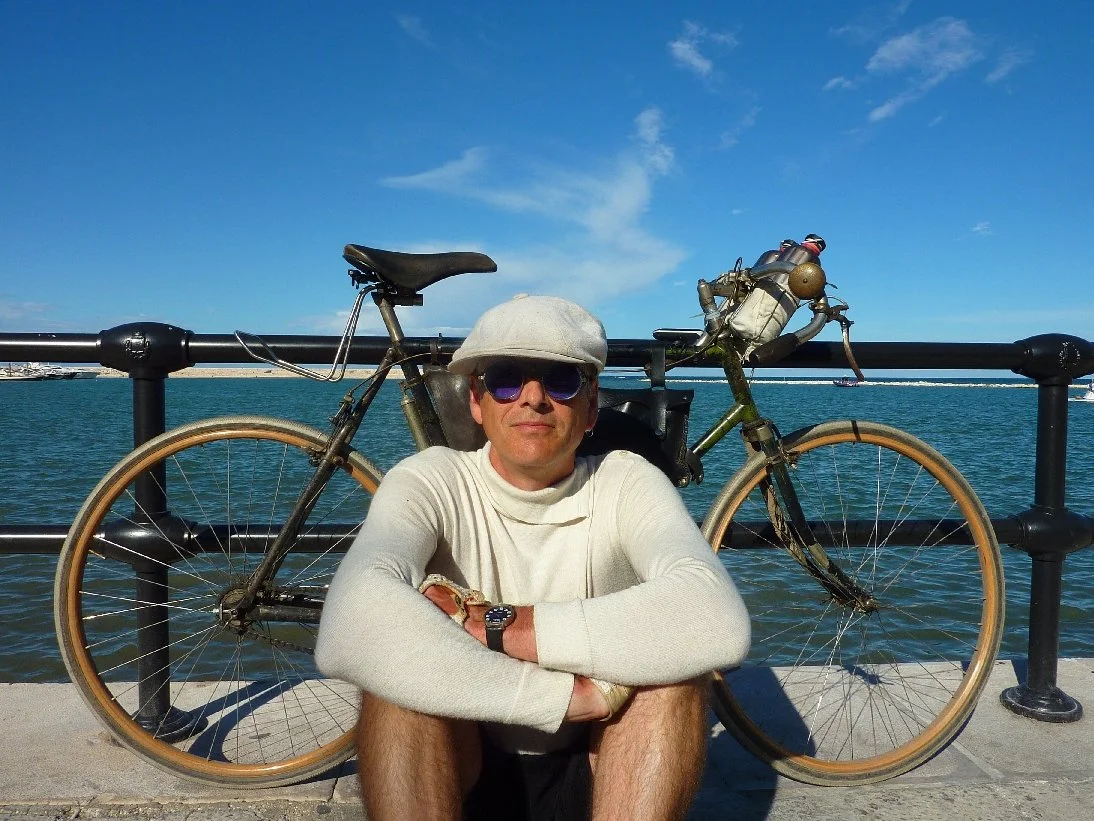Dried beans are best - just ask the experts!
‘Here in Spain, what we usually do is buy the dry bean and then cook it ourselves which is the tradition here. Between beans in tins, beans in jars and dried beans, the choice is always the dry, because in the jars or cans they use chemical products.’ Mario Castellanos of Legumbres Castellanos, Spain’s largest producer of gourmet beans
‘With dried beans there's less waste, you're not chucking away loads of tins and jars the whole time. Not only do we save the planet, it's a nice, therapeutic thing to cook: a couple of hours of almost entirely hands-off cooking time as the beans simmer with the aromatics of your choice. Ingredients like onions, garlic, herbs, and chillies infuse the dried beans with tons of flavour as they slowly cook and soak up all that aromatic liquid. The tradeoff for your time is a pot of deeply flavoured, complex beans that you will never, ever be able to get out of a can. It's just not the same if you add identical ingredients to a pot of already-cooked canned beans. So the rule of thumb is: anytime you want to add your own flavour profile to your beans for any kind of bean soup, stew, or salad, make your own—it makes all the difference.’ Bon Appetit magazine
‘When working with dry beans, you control the ingredients you cook with, so it’s easy to minimise or eliminate the use of salt, added sugars, and any other ingredients you may prefer to avoid. Similarly, you can add seasonings such as herbs during the cooking process if using dry beans, and you have more control over the final texture of the cooked beans. It may [also] be easier to know where your beans are sourced from if you purchase dry beans over canned. Whereas you can purchase dry beans from a farmer or processor implementing farming practices you support or to benefit local food systems, sourcing information can be harder to find in canned beans.’ Dr Chelsea Didinger, alegumeaday.com
‘An heirloom plant is a varietal that has not been developed via large-scale farm production, but rather passed down decade after decade through families and agricultural communities. Heirloom beans are often more difficult to grow with lower yields than their commercial counterparts, but the depth of flavour makes them super special.’ Blue House Farm, California
About us!
Bean there, done that… the every-day tale of a Fair Trade founder and a travel writer who met playing badminton in an Acton school gym
Martin Kunz
Martin is one of the founding fathers of the Fair Trade movement - helping disadvantaged farmers and producers in the Global South get market access and a better price for their products.
Fair Trade is part of what is now called the Sharing Economy: if we all want to have access to food in the future, farmers have to farm with nature. And beans play a major role in this system: as they grow they provide nitrogen for neighbouring plants. When they are ready to harvest they provide income to the growers and proteins for us, who eat them.
His first Fair Trade encounter took place 50 years in Kolkata, India, where he worked for 18 months as alternative to military service (Germany still had the draft). On his return, he co-founded a so called ‘World Shop’ while studying political science and English at Tübingen University.
He became the first chairman of the board of directors of gepa (the biggest German Fair Trade wholesale company), was the first executive secretary of Fair Trade International, the Fairtrade label umbrella associations, and wrote the Fair Trade criteria for tea, footballs and natural rubber: in 2012 he founded Fair Rubber Association.
Under the Plastic Free Gardening label he developed numerous products and set up supply chains. He imports honey from Asian honey bee species - because local pollinators matter everywhere. With monsoon rains either failing or arriving with cloud bursts that can dump a month’s worth of rain in an hour, he experienced the climate crisis early and directly. As an omnivore it is obvious to him that we should eat meat in moderation, and only from animals that have had a good life, i.e. which were not raised in confinement.
The best non-meat source of proteins are legumes … so for Martin The Heirloom Bean Co is the natural progression to his Fair Trade history.
Tim is a travel writer with a dozen books to his name, most involving some wildly over-ambitious journey undertaken with a fateful absence of preparation. Decrepit bicycles are often involved, such as the 100-year-old example pictured here during his attempt to ride the route of the 1914 Giro d’Italia on a period machine in period kit. This had wooden wheels, brake blocks fashioned from prosecco corks and as many as two gears, so it’s interesting to see a relaxed smile playing around his lips.
He has been called ‘Bill Bryson on two wheels’, and ‘Bean Beanson on two legs’ (in the near future).
Under Martin’s aegis, Tim has developed and nurtured an interest in sustainable agriculture and in particular the towering potential of heirloom beans. After buying several packets of them, why not consider going elsewhere to buy his books? They’re all still in print, and some are actually quite good. You’ll need to buy them all to find out which ones though.
Tim lives in Chiswick and likes badminton, cats and shipping rare legumes to tearfully grateful buyers.
Tim Moore







